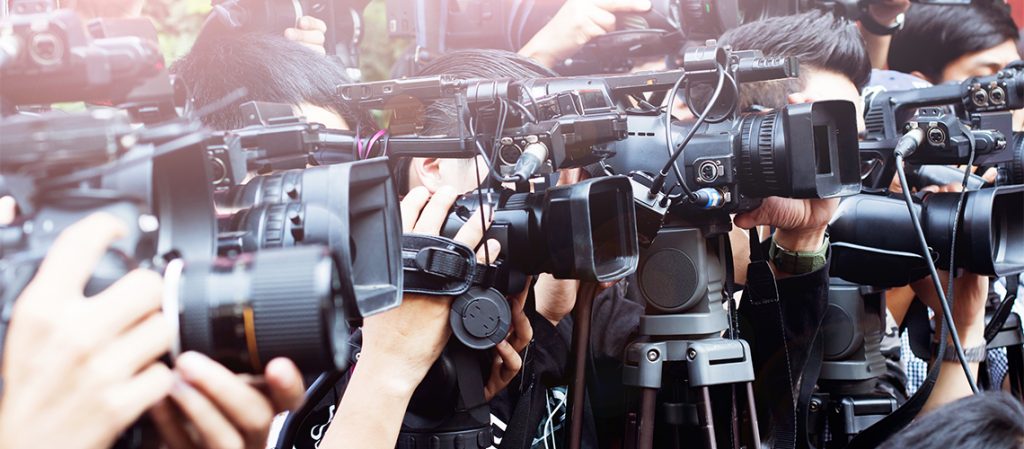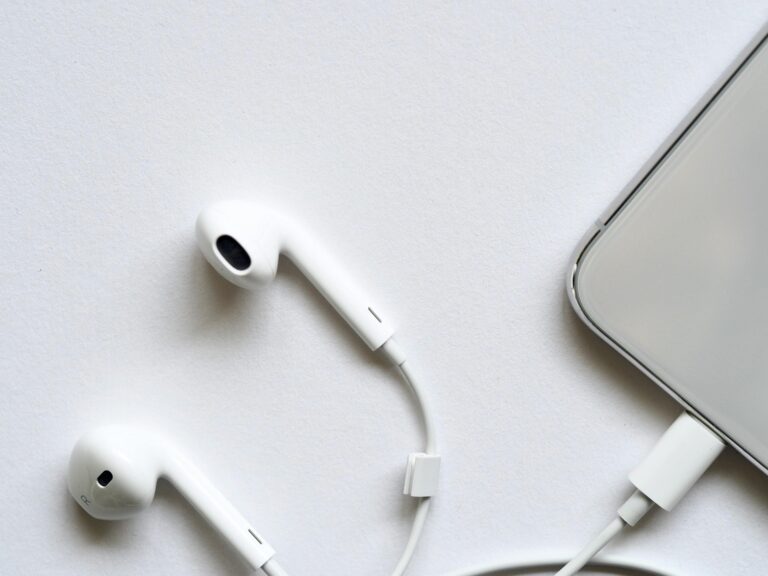Weer eentje voor in de categorie nepnieuws: Facebook heeft vandaag een paginagrote nepnieuwsadvertentie geplaatst in enkele grote Britse kranten. Het zou gaan om de kranten The Times, The Guardian en Daily Telegraph. Dat de advertentie precies nu is geplaatst is geen toeval – over een maand zijn immers de verkiezingen voor het Lagerhuis in het Verenigd Koninkrijk.
De advertentie betreft de 10 ‘geboden’ die ook op de site van Facebook zelf zijn te vinden. Wat mij betreft behoorlijk logisch, maar het moge duidelijk zijn dat sommige mensen wel de nodige steun kunnen gebruiken op het internet. Hoe dan ook, op de site van Facebook staan ze als volgt opgesomd:
- Be skeptical of headlines. False news stories often have catchy headlines in all caps with exclamation points. If shocking claims in the headline sound unbelievable, they probably are.
- Look closely at the URL. A phony or look-alike URL may be a warning sign of false news. Many false news sites mimic authentic news sources by making small changes to the URL. You can go to the site to compare the URL to established sources.
- Investigate the source. Ensure that the story is written by a source that you trust with a reputation for accuracy. If the story comes from an unfamiliar organization, check their “About” section to learn more.
- Watch for unusual formatting. Many false news sites have misspellings or awkward layouts. Read carefully if you see these signs.
- Consider the photos. False news stories often contain manipulated images or videos. Sometimes the photo may be authentic, but taken out of context. You can search for the photo or image to verify where it came from.
- Inspect the dates. False news stories may contain timelines that make no sense, or event dates that have been altered.
- Check the evidence. Check the author’s sources to confirm that they are accurate. Lack of evidence or reliance on unnamed experts may indicate a false news story.
- Look at other reports. If no other news source is reporting the same story, it may indicate that the story is false. If the story is reported by multiple sources you trust, it’s more likely to be true.
- Is the story a joke? Sometimes false news stories can be hard to distinguish from humor or satire. Check whether the source is known for parody, and whether the story’s details and tone suggest it may be just for fun.
- Some stories are intentionally false. Think critically about the stories you read, and only share news that you know to be credible.
De BBC meldt op haar site dat de advertentie voorafgaat aan een door haar gedaan onderzoek, waaruit zou blijken dat nepnieuws een ‘beslissende’ rol heeft gespeeld in de Amerikaanse verkiezingen. Vanavond zal het onderzoek overigens worden uitgezonden op BBC, dus tegen de geïnteresseerden zeg ik: ‘Kijken!’.
Verder heeft Facebook aangekondigd zelf een aantal maatregelen te hebben getroffen om nepnieuws tegen te gaan. Zo wordt nieuws dat wordt gelezen, maar niet gedeeld, gelimiteerd, en worden nepaccounts van het platform geweerd. Ook wordt, zoals in een vorig blog al uiteengezet, steeds meer gebruik gemaakt van externe fact checkers. Zoals eerder aangegeven: ik ben fan van dit beleid, en hoop dat het steeds meer zal worden doorgezet.



